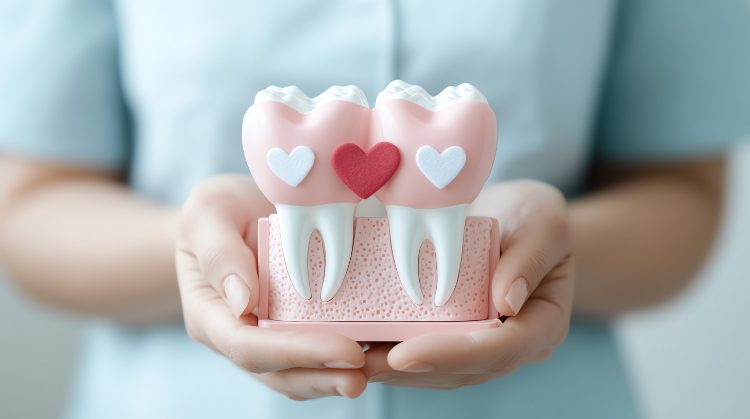
It’s one of the most popular drinks for children of all ages. From lunchboxes to sippy cups, juice is the drink of choice for many toddlers, preschoolers and school-aged children. But now, the American Academy of Pediatrics is taking a new stance on the beverage as research continues to show the health issues associated with fruit juice and other sweet drinks.
A New Stance on Juice
The new policy titled “Fruit Juice in Infants, Children and Adolescents: Current Recommendations” was released in May by the AAP and details changes to the current recommendations for juice consumption among children and teens. The statement included the two biggest reasons for new changes: childhood obesity rates and dental caries, also known as tooth decay.
New Juice Recommendations By Age
– No juice for children under age 1
In the previous policy from 2001, the AAP suggested no juice for children under 6 months. The new recommendation increases the age and states that juice should not be introduced at all unless for medical reasons until 12 months old.
– Ages 1 to 3
For this age group, a maximum daily juice recommendation is 4 ounces, or half a glass.
– Ages 4 to 6
Children in this age group have more flexibility, according to the new recommendation, with 6 to 8 ounces per day as the maximum.
– Ages 7 and up
Older children still shouldn’t drink more than 8 ounces of fruit juice a day. That’s the equivalent of one glass.
Fruit Juice or Whole Fruit?
A study done for the National Health and Nutritional Examination Survey found that one-third of children’s fruit consumption in the United States comes from juice. The study noted that most of the children consuming high amounts of juice were under the age of 5.
The new policy recommends whole fruits instead of fruit juices for children of all ages and that the primary source of hydration should always be water and cow’s milk.
It’s important to note that all of these recommendations are referring to 100 percent fruit juice only, which is often confused with “fruit drinks.” The USDA requires any drink with less than 100 percent fruit juice to be labeled with a different description such as fruit “drink” or “cocktail” with ingredients and juice content listed on the label.
The report points to the sweet taste of juice and convenient packaging as reasons why many parents give their kids more juice than is recommended, especially children under the age of 6. In addition, the misconception that juice is always healthy and nutritious means many parents don’t realize the implications of overconsumption.
Fruit Juice and Tooth Decay
One common myth is that diluting fruit juice with water makes it healthier. When it comes to dental decay, that’s simply not the case, according to the AAP’s new policy. Dr. Amy Norman, DDS, a leading cosmetic dentist in Everett, Washington, agrees that misconceptions surrounding juice consumption are a problem for oral health.
“It’s not just the sugar that is causing problems, whether it’s 100 percent fruit juice or not; it’s the acidic nature of the juice, as well,” said Norman. “Acid attacks on teeth soften the enamel, which serves as the first line of defense against decay. As this happens more and more, the enamel begins to thin and can leave teeth vulnerable and sensitive.”
Childhood Tooth Decay
According to Public Health Reports released by the National Institutes of Health, childhood dental caries, or tooth decay, is the most common chronic disease facing children today. It’s more common than even asthma and allergies, according to the report.
Norman recommends maintaining a well-balanced diet and staying up to date with professional dental care to prevent childhood tooth decay.
“Dental sealants have been proven to reduce cavities in the molars of children by 80 percent. They are affordable, easy to apply and act as a protective coating on the teeth of children and teens,” she said. “A healthy diet and lots of water is also important to keep the body and mouth in optimum shape from childhood well into adulthood.”



